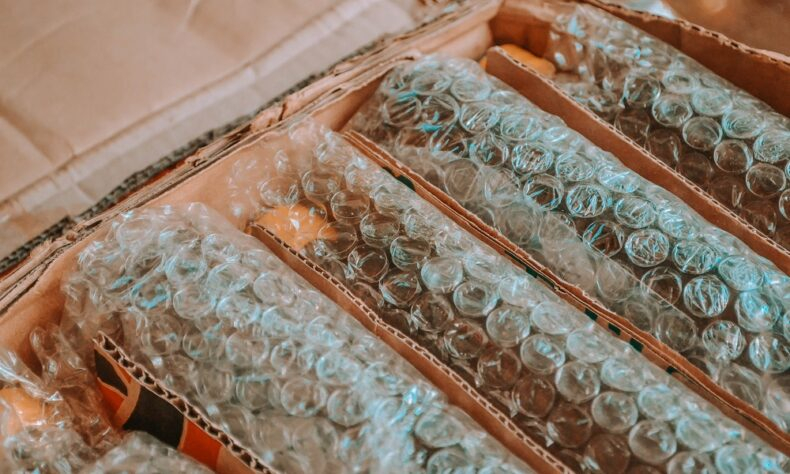
Protective packaging is a regular thing for the shipping industry. This type of packaging is made of strong, durable packing supplies that can absorb the shocks, impacts and compression of transit.
Protective packaging is heavily used in e-commerce and house moving companies. But with their resilient high-quality material, they can be a little tricky to dispose of. With so much discussion happening on the sustainable disposition of packing supplies, it is necessary that people get informed about safer ways to recycle protective packing supplies.
Making Sure the Materials Meet the Requirements
Exposing your packaging to certain conditions or substances can make them unqualified for recycling. For instance, if the materials have been exposed to hazardous chemicals or food grease or paint residue, it can comprise the quality and safety of the process.
So, before dropping off these materials contact your local unit to understand the criteria that the supplies need to meet.
Also, people often bundle up all the packaging materials together thinking it is convenient. In reality, it makes the sorting process much more difficult.
Now, let’s discuss how to recycle protective packing items!
Recycling Bubble Wrap Rolls
Bubble wraps are one of the most widely used protective packaging materials. They are available in many different sizes but large and small bubble wraps are the two most common ones.
Fortunately, bubble wraps can be recycled along with other plastic wastes like milk cartons, drinking bottles etc.
But it is better to pop all the air bubbles before donating them to local recycling units. Air bubbles take up space and can complicate the sorting process.
We all love to pop those bubbles. Now you can help the environment too with this!
Recycling Packing Paper
Packaging paper is lightweight, easy to store and are used in all sorts of packaging applications.
It is a fully recyclable and very sustainable form of packaging. Even carrier bags made of these Kraft paper rolls can be easily shredded and put for composting in your garden.
The disposal of these packing papers is pretty straightforward. Many of these old Kraft papers are used to make recycled cardboard boxes.
Recycling Packing Foam
Another very popular protective packaging material is packing foams. They offer great stability and cushion fragile products against impacts, shocks and compressions. These usually come in a roll and then cut, sized and used according to the item that needs packing.
However, despite their efficiency foam packing rolls aren’t easy to recycle. The lightweight, low-density properties make them really difficult for recycling.
The options are very limited and not all recycling units can process these materials. But you can find eco-friendlier packing foams in the market but they don’t work that efficiently.
The best thing to do is to reuse them as much as possible in several creative ways. Don’t overuse packing foam if there isn’t a centre nearby.
Recycling Packing Peanuts
These tiny protective packaging materials are strong and extremely durable. They provide excellent protection to fragile items like electronics, glassware against any road impacts or shocks.
These packing peanuts are made from the same material as foam rolls (polystyrene) making them difficult to recycle. However, with the recent development in the past few years, more eco-friendly alternatives have been seen in the market.
Companies like Packaging Midlands provide biodegradable packing peanuts which break down naturally in the environment. They lessen the impact on the environment by a lot with simple disposing of processes.
The Role of Reusability
As an alternative to recycling reusing protective packaging is also a sustainable solution. For instance, if you have large bubble wrap rolls lying around, donate to someone planning a move.
Keep the paper bags and cardboards to wrap gifts during the holiday season. Reusability can also positively affect the reduction of packaging waste every year.






